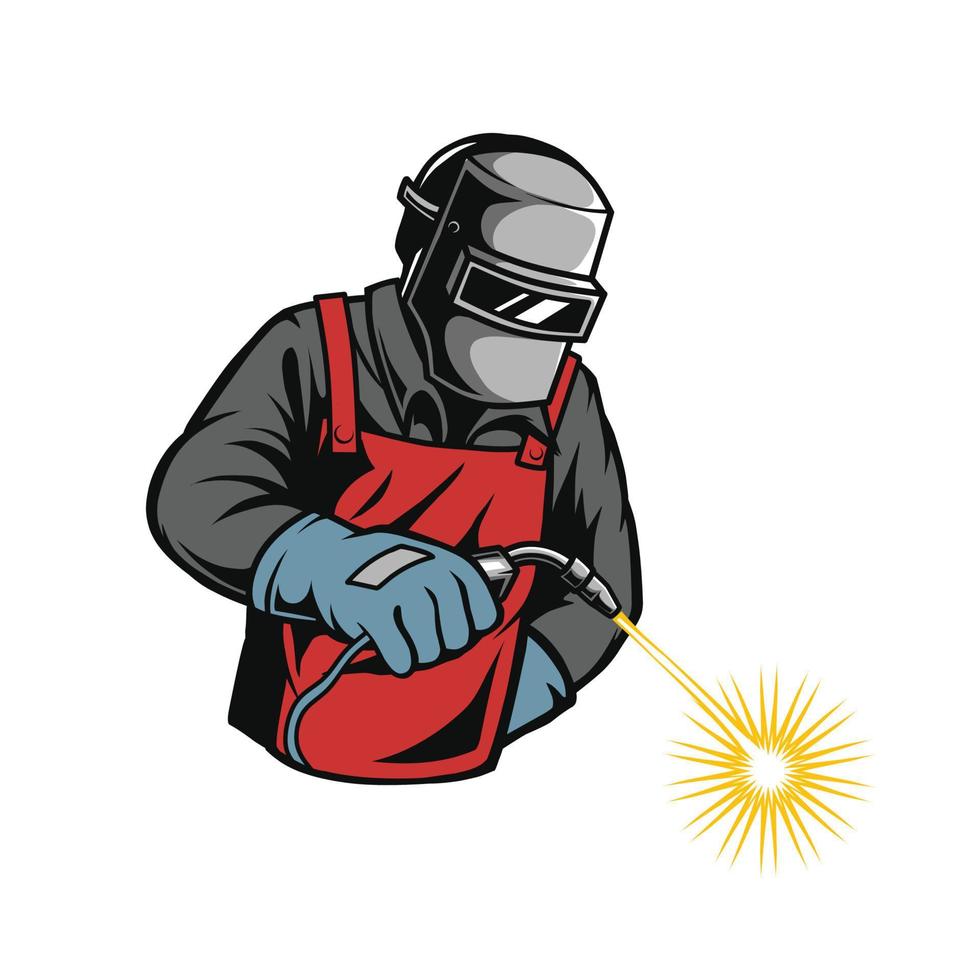Welding WPS: Usual Errors to Prevent and How to Correct Them
Welding WPS: Usual Errors to Prevent and How to Correct Them
Blog Article
The Ultimate Overview to Welding WPS Procedures: A Detailed Introduction for Welders
In the complex world of welding, Welding Procedure Specifications (WPS) function as the backbone of guaranteeing quality, uniformity, and safety and security in welding operations. Understanding the nuances of developing, implementing, and checking WPS treatments is essential for welders seeking to elevate their craft and meet market criteria. As we explore the various parts of a WPS and discover the intricacies of qualification and certification, we will uncover the important function these procedures play in the realm of welding. Let's start a trip to untangle the intricacies and value of WPS treatments in welding techniques.
Relevance of WPS Procedures
Recognizing the relevance of Welding Procedure Specifications (WPS) treatments is critical for making certain the top quality and stability of welded frameworks. WPS treatments act as a roadmap for welders, describing the required actions, criteria, and materials required to attain a sound weld. By sticking to WPS guidelines, welders can ensure uniformity in their work, leading to trusted and structurally audio welds.
One of the primary reasons why WPS treatments are essential is their function in preserving weld top quality and integrity. Complying with the defined welding criteria and techniques described in the WPS assists protect against defects such as porosity, breaking, or incomplete fusion, which can jeopardize the strength and sturdiness of the weld.

Elements of a WPS
A Welding Procedure Requirements (WPS) generally comprises crucial elements that detail the specific needs for executing a weld, making sure consistency and quality in the welding procedure. The essential components of a WPS consist of essential variables such as base steels, filler metals, interpass and preheat temperatures, welding procedures, protecting gases, welding placements, and post-weld warm treatment demands.
Base metals refer to the materials being joined, while filler metals are utilized to fill up the void in between the base metals during welding. The welding process details the details technique to be utilized, whether it's gas metal arc welding (GMAW), secured metal arc welding (SMAW), or another method. Welding positions define the positionings in which welding can be executed.

Qualification and Accreditation
Having actually developed the necessary parts of a Welding Treatment Specification (WPS), the emphasis now shifts in the direction of the important elements of credentials and accreditation in welding methods.

Accreditation, on the various other hand, is the formal acknowledgment of the original source a welder's qualifications by an appropriate qualification body or organization. Welding accreditations are usually based upon the particular welding procedures, products, and positions a welder is certified to deal with. Holding a legitimate welding accreditation shows that a welder meets market criteria and is competent to perform welding tasks to the needed requirements.
Developing a WPS
To develop a Welding Procedure Spec (WPS) that satisfies industry requirements, cautious factor to consider of welding processes, products, and functional criteria is vital (welding WPS). The initial step in producing a WPS is to determine the welding procedure to be made use of, such as gas metal arc welding (GMAW) or secured steel arc welding (SMAW) When the welding procedure is established, the next essential element is choosing the ideal products, taking into consideration elements like base steel type, density, and joint style. Operational specifications such as welding current, voltage, travel rate, and securing gas structure need to likewise be thoroughly defined in the WPS.

Carrying Out and Checking WPS
Upon settling the extensive Welding Treatment Specification (WPS) that diligently information welding processes, products, operational parameters, and top quality assurance actions, the focus changes to successfully carrying out and monitoring the well established treatments. Application entails ensuring that all welders included in the task are familiar with the WPS and follow it diligently throughout the welding process. Efficient execution and monitoring of the WPS are vital for ensuring the stability, toughness, and security of the welded joints, eventually contributing to the total success of the welding project.
Conclusion
Finally, understanding and adhering to Welding Treatment Specs (WPS) is critical for welders to make certain quality, consistency, and safety and security in their work. By knowing the components of a WPS, obtaining correct credentials and certifications, creating comprehensive treatments, and executing and monitoring them properly, welders can improve their skills and effectiveness in welding methods. Sticking to WPS treatments is necessary for creating top quality welds and conference sector criteria.
In the intricate globe of welding, Welding Treatment Specifications (WPS) offer as the backbone of making sure quality, uniformity, and safety and security in welding procedures. The welding procedure lays out the details method to be used, whether it's gas metal arc welding (GMAW), shielded metal arc welding (SMAW), or one more approach.To establish a Welding Procedure Spec (WPS) that fulfills sector requirements, mindful factor to consider of Bonuses welding procedures, materials, and operational criteria is vital. The first action in creating a WPS is to determine the welding procedure to be utilized, such as gas steel arc welding (GMAW) or shielded metal arc welding (SMAW)Upon finalizing the comprehensive Welding Treatment Specification (WPS) that diligently information welding processes, materials, functional specifications, and quality assurance steps, the emphasis moves to properly executing and keeping track of the established procedures.
Report this page